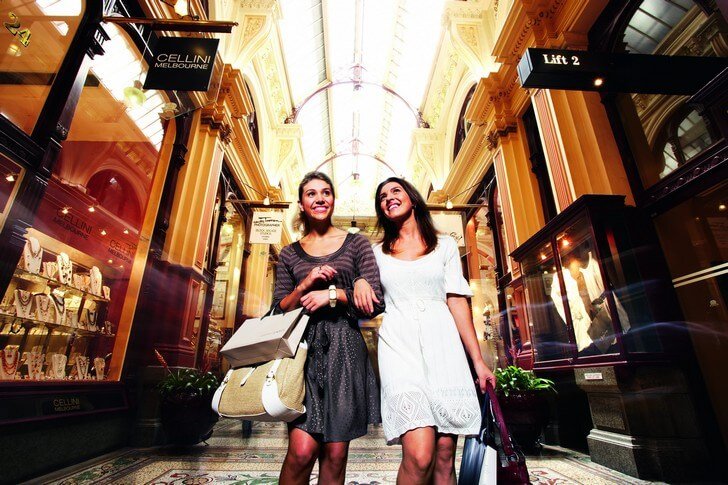Milan is the locomotive of the Italian economy, the legislator of European fashion and a city with an ancient history. Romans, Goths, Gauls, Franks and Lombards left their traces on its territory. Many Milan cathedrals were founded in the first centuries of our era, in the Middle Ages the city flourished under the rule of the ruling Sforza dynasty and the fertile seeds of the Renaissance gave their generous fruits in the lands of Langobardia.
Milan is known throughout the world as the capital of fashion. Tens of thousands of tourists come here to attend fashion shows, shop at the best designer boutiques or go out and show themselves among the biased fashion elite. For fans of the opera, a trip to the legendary La Scala theater will be a real pleasure, where you can enjoy the sound of the best operatic voices.
What to see and where to go in Milan?
The most interesting and beautiful places for walking. Photos and a short description.
- Milan Cathedral
- La Scala Opera House
- Church of Santa Maria delle Grazie
- Basilica of San Lorenzo Maggiore
- Basilica of Saint Ambrose
- Pinacoteca Brera
- Ambrosian Pinakothek
- Museum of Science and Technology Leonardo da Vinci
- Poldi Pezzoli Museum
- Villa Reale
- Sforza Castle
- Skyscraper Pirelli
- Velasca Tower
- Monument to the Middle Finger
- San Siro Stadium
- Sempione Park
- Monumental cemetery in Milan
- Canal Naviglio Grand
- Gallery of Victor Emmanuel II
- Golden Quadrangle
Milan Cathedral
The magnificent Cathedral of Milan, a bright representative of the elegant architectural direction of the flaming Gothic. The construction of the temple began in the 14th century; the decoration of some elements of the facade was completed only by 1965. The Milan Cathedral is completely built of white marble, it is one of the most beautiful temples not only in Italy, but throughout Europe. Inside is a golden statue of the Madonna, the patroness of Milan.

La Scala Opera House
The theater is rightfully considered the best opera stage in the world. Behind the austere and modest façade of the neoclassical building lies a luxurious auditorium with perfect acoustics. La Scala was opened in 1778, Salieri's opera Recognized Europe was chosen as the premiere production. On the stage of the famous theater, the first shows of the great works of Verdi, Puccini, Bellini, Donizetti were held. E. Caruso, F. Chaliapin, M. Callas, L. Pavarotti and other famous soloists performed here at different times.
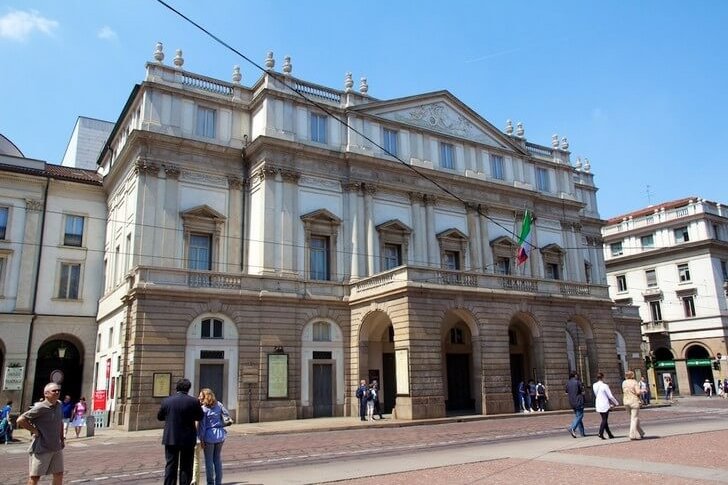
Church of Santa Maria delle Grazie
A picturesque Milanese church attached to a Dominican monastery, built during the heyday of the Renaissance. The temple began to be built under Duke Francesco Sforza I, who planned to place a family tomb here. The main attraction of the church is the magnificent fresco "The Last Supper" by Leonardo da Vinci. On it, the master depicted the last supper of Jesus with his disciples, after which Christ was betrayed by Judas and crucified.

Basilica of San Lorenzo Maggiore
One of the oldest churches in Western Europe. Presumably, the first church arose on this site already in the 4th century AD, it served as an imperial chapel. The building that has survived to this day belongs to a later period, but the outer walls of the basilica of the 4th century have survived. On the church square is a statue of the Roman emperor Constantine, under whom Christianity became an officially recognized religion.

Basilica of Saint Ambrose
Church of the 4th century AD, presumably built with the participation of St. Ambrose of Milan. It is believed that the basilica was erected on the very spot where the first Christians were martyred. At first, the church was called the Basilica of the Martyrs. The building acquired a Romanesque look in the 11th century. During the bombing of Milan in 1943, the basilica was damaged, but the medieval buildings survived and survived to this day.
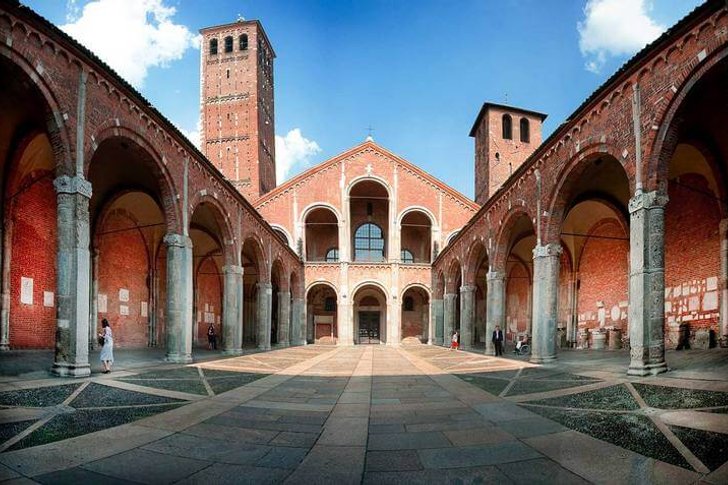
Pinacoteca Brera
Art Gallery, an outstanding collection of Italian painters and sculptors. The 38 halls of the museum house paintings by Raphael, Titian, Caravaggio, Lotto, Tintoretto and other famous masters. The museum collection also includes paintings by renowned artists from other countries - Goya, Rembrandt, El Greco. The Pinakothek is housed in a 16th-century palace and shares space with the Academy of Fine Arts.

Ambrosian Pinakothek
The oldest public library in Europe, founded at the beginning of the 17th century. The book collection was opened with the participation of the hierarchs of the Catholic Church. The main goal of the library was to fight against the ideas of the Church Reformation, which spread very quickly throughout European countries. Over time, its own art gallery appeared here. The library contains unique manuscripts, folios, medieval books (some date back to the 5th century AD), drawings by Leonardo da Vinci.

Museum of Science and Technology Leonardo da Vinci
The exposition is located on the territory of the monastery of the XVI century. This is one of the most interesting museums in Milan. Here are the inventions of mankind, created in different historical periods. Visitors will see various models of engines, clocks, musical instruments, automobiles, telegraphs, telephones and other technical devices. The main hall is dedicated to the creative work of Leonardo da Vinci.
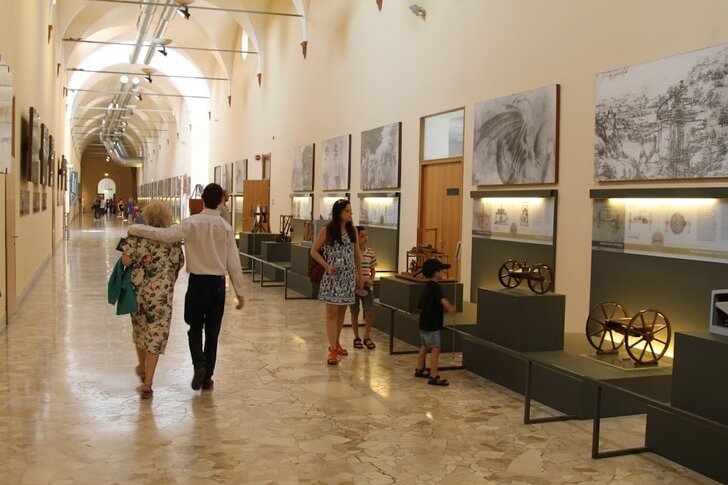
Poldi Pezzoli Museum
The first exhibits of the Poldi Pezzoli museum collection were medieval weapons and armor from the private collection of Gian Giacomo Poldi Pezzoli. Subsequently, the aristocrat's mansion was turned into a museum. It exhibits Italian antique furniture, sculptures, Flemish tapestries, Venetian glass and antique ceramics. An impressive part of the collection is made up of paintings.
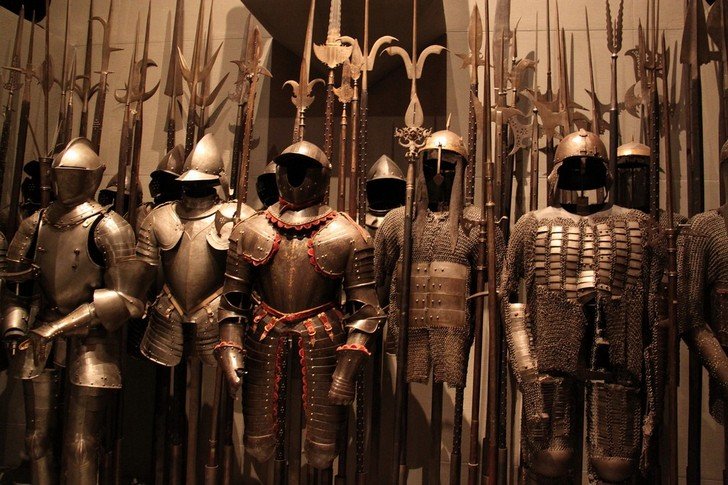
Villa Reale
Classical palace and park ensemble of the late 18th - early 19th centuries. The palace was built for Count Belgiojoso. For some time, the residence of Napoleon and his wife Josephine was located here. After the re-assertion of the Habsburg dynasty over Lombardy, the villa was used as a royal palace for the Austrian governors. Since 1921, the palace has housed the Museum of Modern Art.

Sforza Castle
The majestic Castello Sforzesco is located in the historic center of Milan. It was built as a defensive fortress in the 15th century after the Sforza family seized power. The luxurious interiors of the castle were created with the participation of Bramante and Leonardo da Vinci. By the end of the 15th century, Sforzesco had become one of the richest and most luxurious ducal palaces in Italy. The castle survived the Spanish rule and the reign of Napoleon. In the 19th century, a large-scale reconstruction was carried out.

Skyscraper Pirelli
A high-rise building of the middle of the 20th century designed by the architect D. Ponti. It was built by decision of the head of the Pirelli company (Italian tire manufacturer). The building was used as the headquarters and production facilities of the organization. The tower became known as the first skyscraper in Italy. The height of the structure is 127 meters. Today, the Pirelli skyscraper houses office space.

Velasca Tower
An Italian skyscraper that once entered the list of the most unattractive buildings in the world. This is a building of the middle of the 20th century with elements of neomodernism, symbolizing a medieval bastion. The shape of the tower resembles a mushroom or a giant rocket that crashed into the ground. The building is included in the list of the main attractions of Milan, the mayor's office has appointed it one of the symbols of the city.

Monument to the Middle Finger
The monument is located on the central square opposite the stock exchange building. Many residents of the city do not like this controversial modern art object. The sculpture is a giant human hand with all fingers cut off except for the middle one. The composition is reminiscent of a well-known obscene gesture. The monument was created by the master Maurizzio Cattelan.
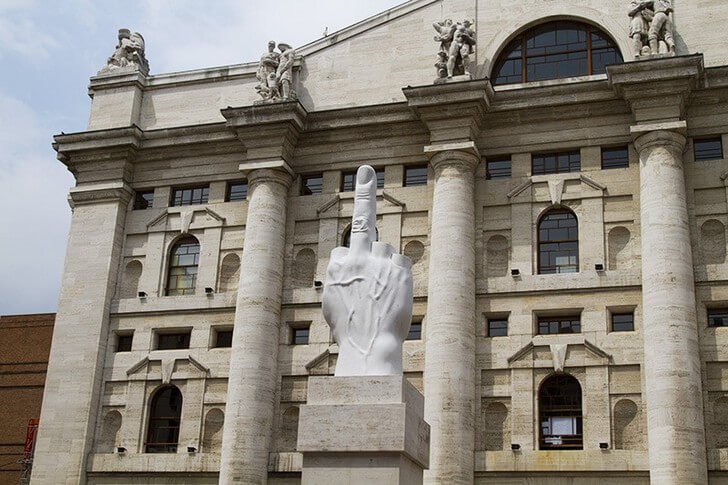
San Siro Stadium
The arena of the football clubs "Internazionale" and "Milan", built at the beginning of the 20th century. Initially, it was designed for 35,000 seats, but as a result of expansions, it could accommodate up to 65,000 spectators. The stadium was renamed in 1979 in honor of the player Giuseppe Meazza. For the fans, this lucky striker was an object of admiration. Both names of the football arena are used today. The San Siro regularly hosts concerts by well-known bands.
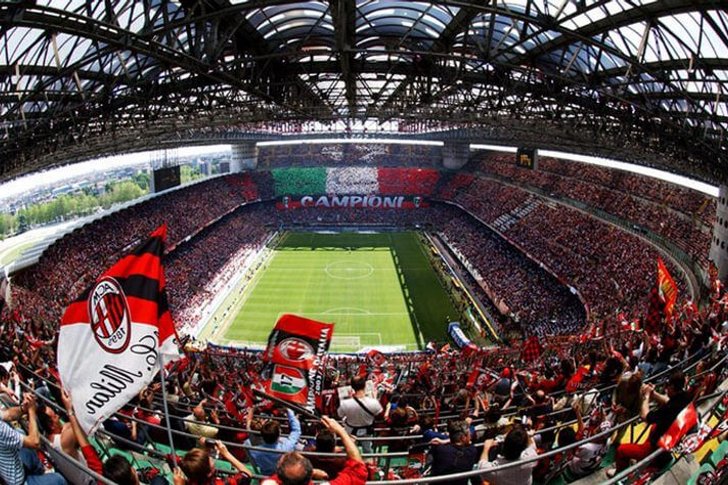
Sempione Park
Milan City Park next to the Castello Sforzesco. The territory is decorated with fountains and sculptures, lawns with fragrant flowers are scattered between the footpaths, and the most picturesque space has been created for visitors. Every resident of Milan or a guest of the city can relax under the shade of Sempione trees. The park was organized at the end of the 19th century on the site of the ducal hunting grounds.
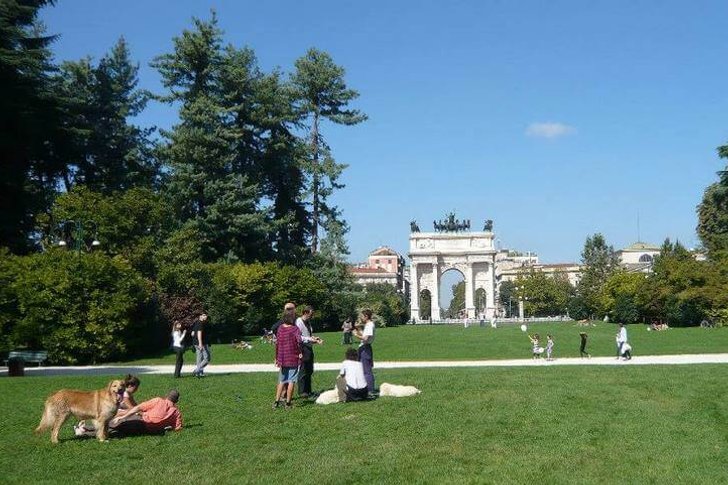
Monumental cemetery in Milan
A burial place and at the same time an open-air sculpture park. Here are the graves of famous people - writers, composers, artists. The great musical genius of Italy, Giuseppe Verdi, is buried in the cemetery. Crypts and tombstones are real works of art, each sculpture seems to be trying to surpass its neighbors in beauty and elegance.
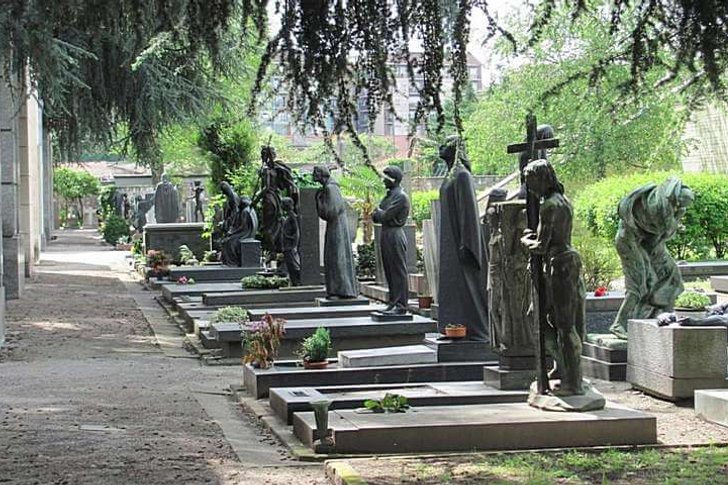
Canal Naviglio Grand
The city canal of Milan, along which there is a street with the most famous and visited shops, restaurants, art workshops in the city. Naviglio Grand is part of a system of five canals that have survived from times past. A few centuries ago, the Milanese wanted to turn their city into a kind of Venice, so the intensive construction of canals began, but this idea quickly fell out of favor.

Gallery of Victor Emmanuel II
Passage connecting the square near the La Scala theater with the Milan Cathedral square. The gallery was solemnly opened in 1877 and named after King Victor Emmanuel II, who was present at the ceremony. The structure is built in the form of a Latin cross, each of its ends has one entrance. The gallery is decorated with mosaic frescoes and statues, which were created by the most skillful masters of Italy.

"Golden Quadrangle"
Haute couture district, popular shopping destination. Here are the best boutiques in Italy. In the Golden Quadrilateral, you can not only buy clothes from designers Valentino, Prado, Ferragamo, Dolce, but also sew custom-made shoes, dine at a restaurant for the fashion establishment or choose jewelry from the world's best jewelry brands.
